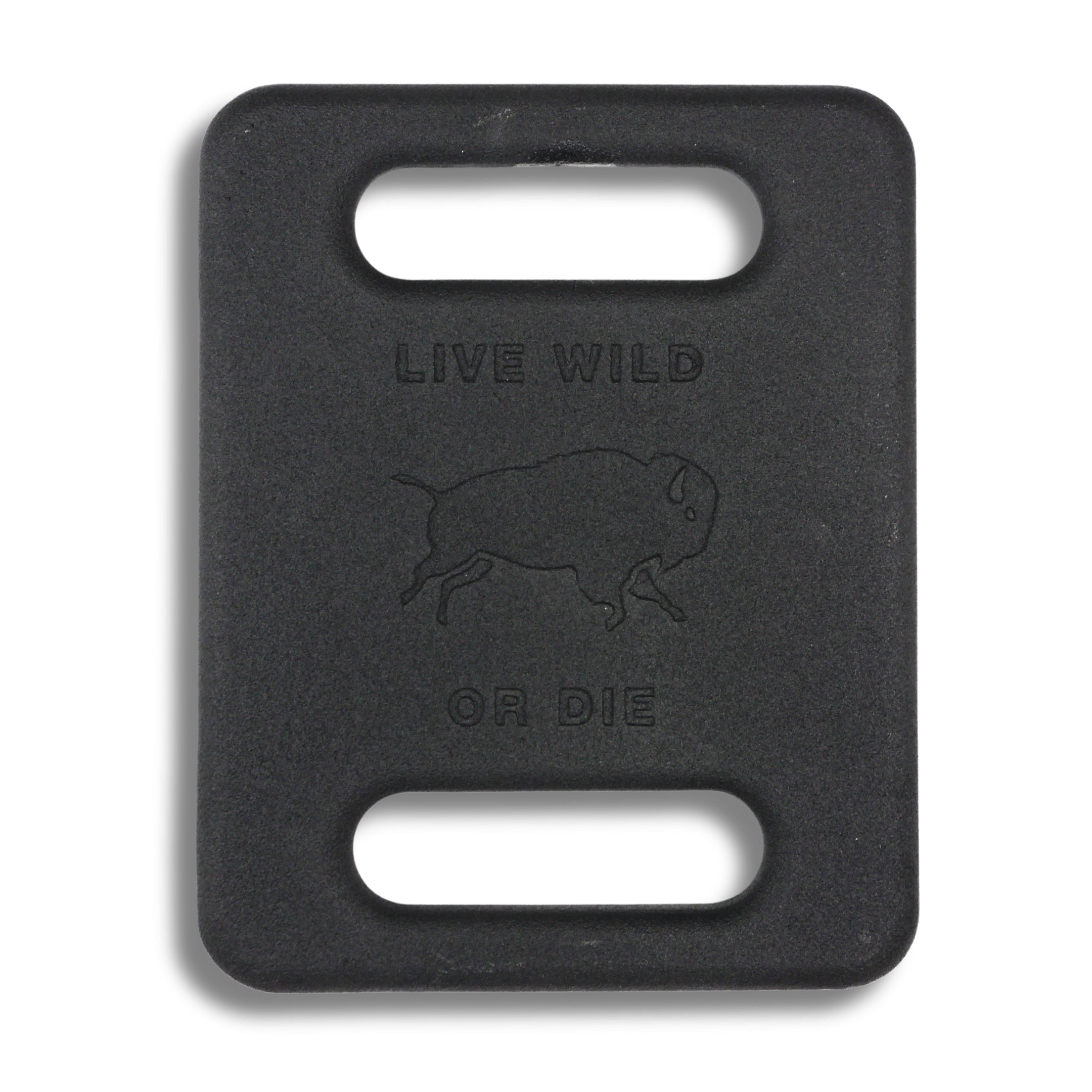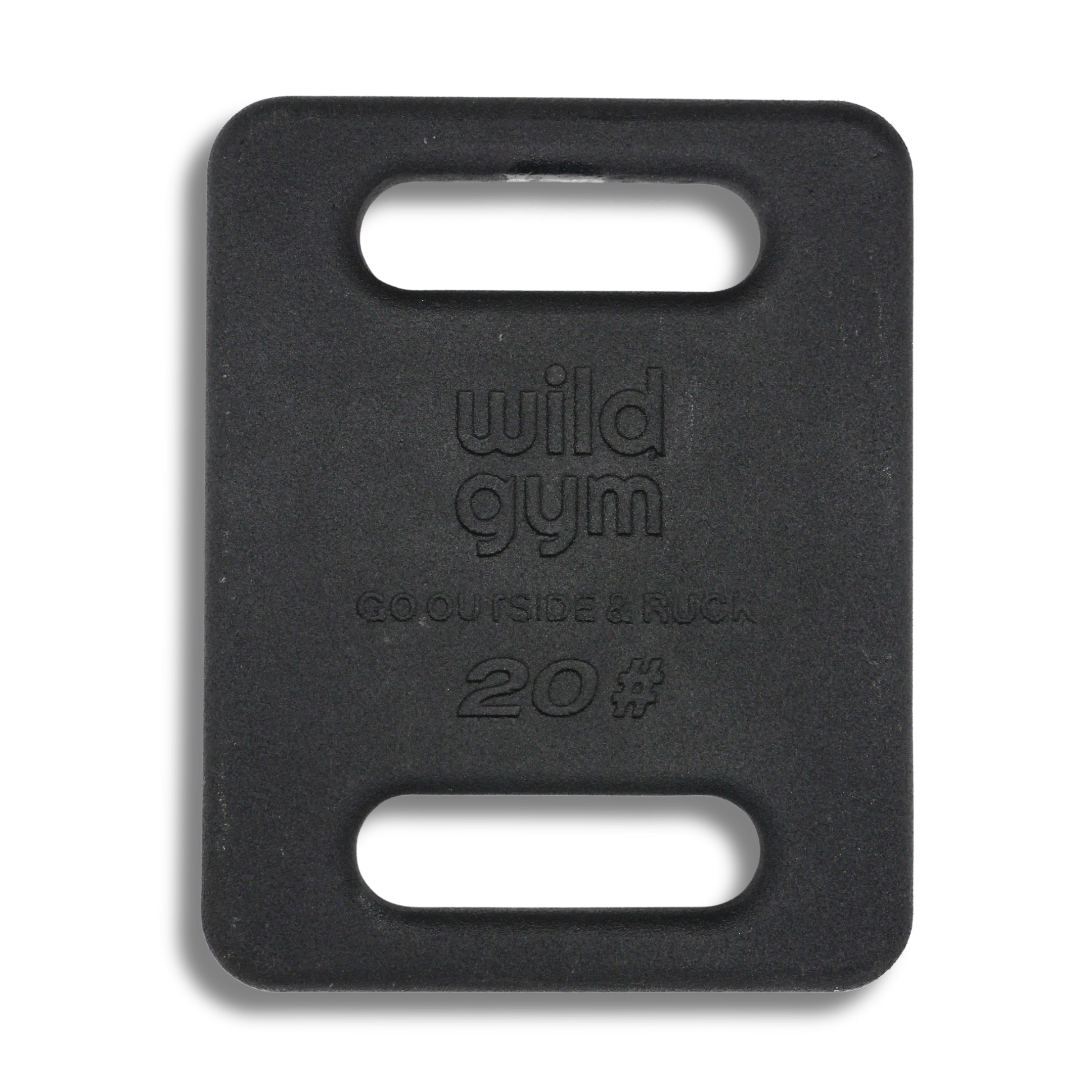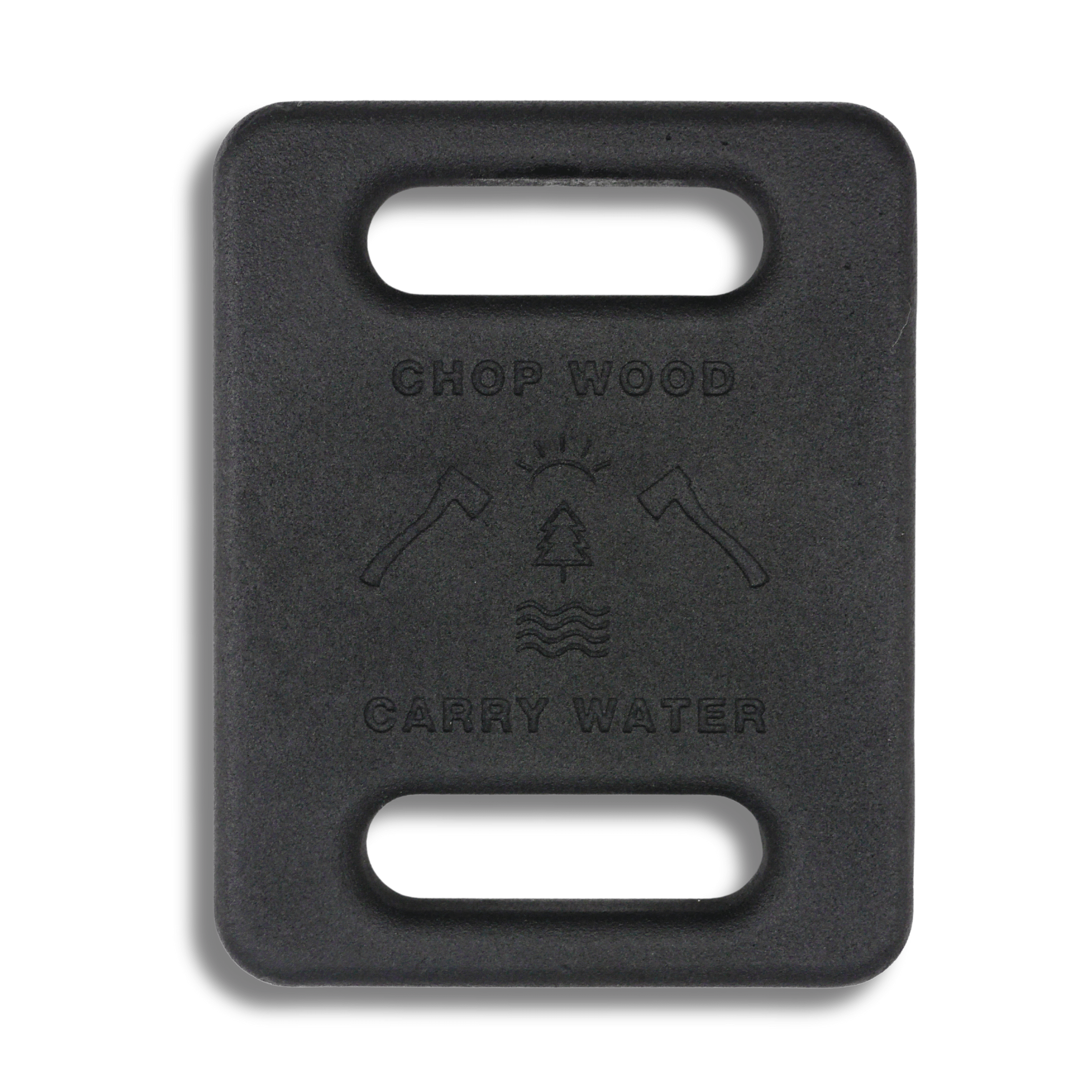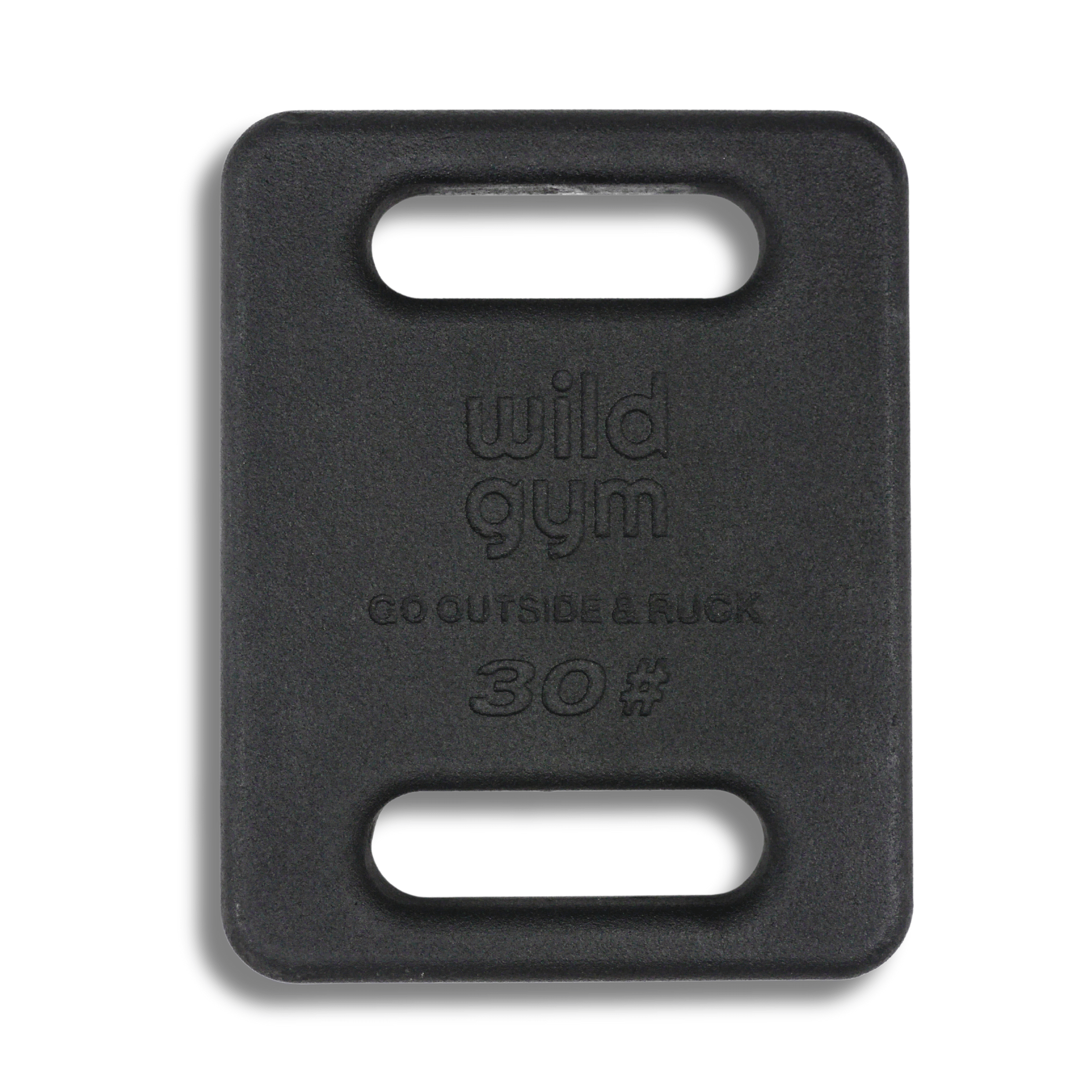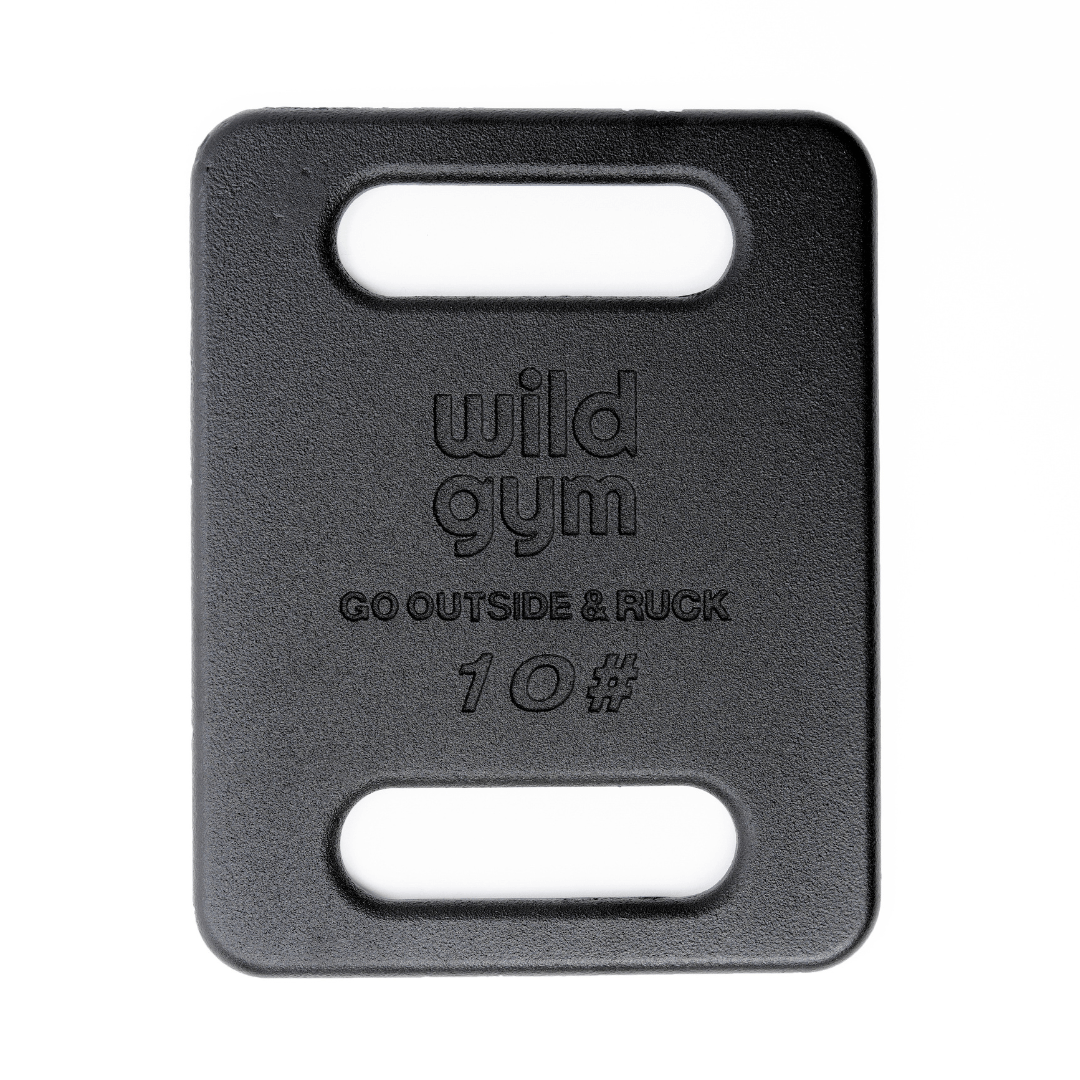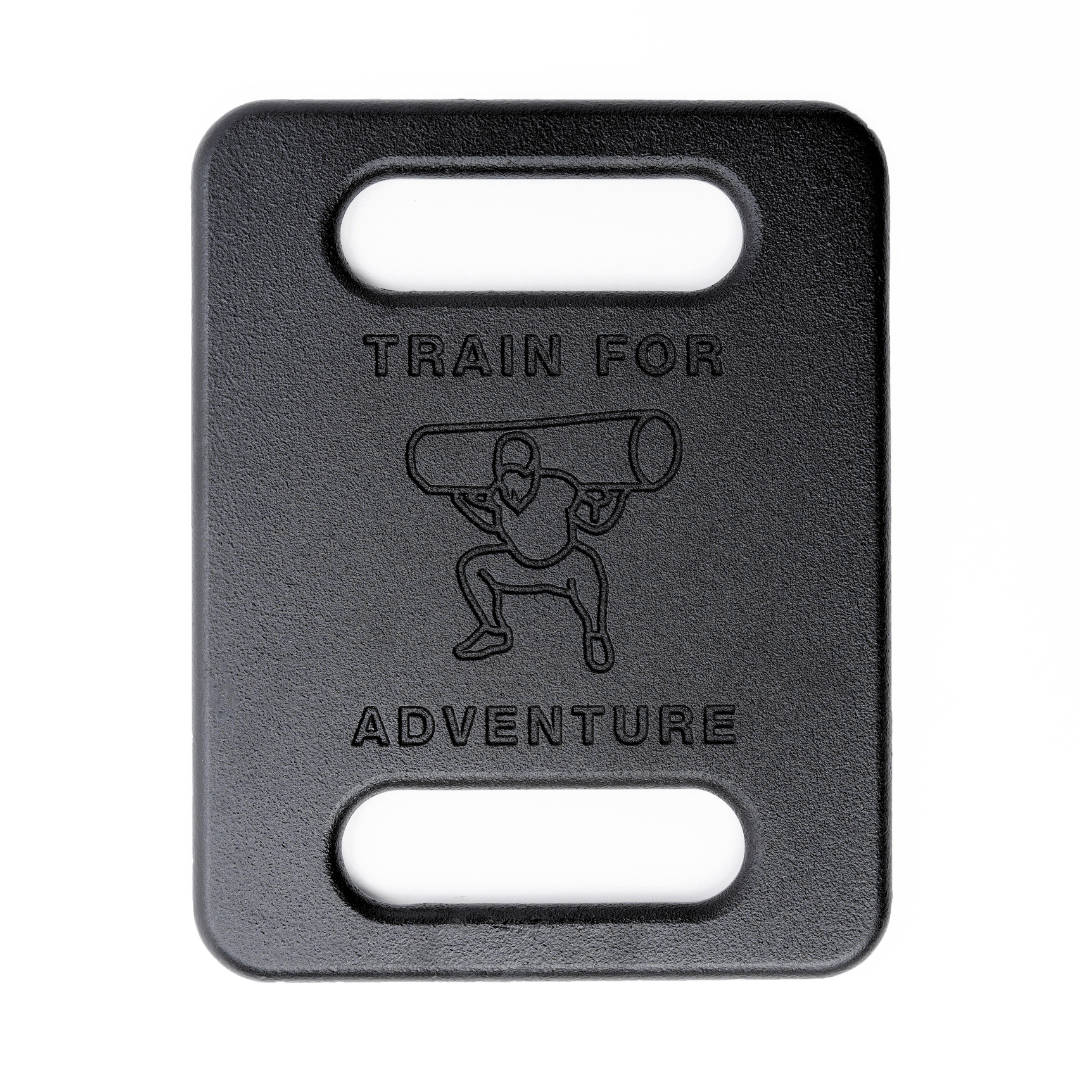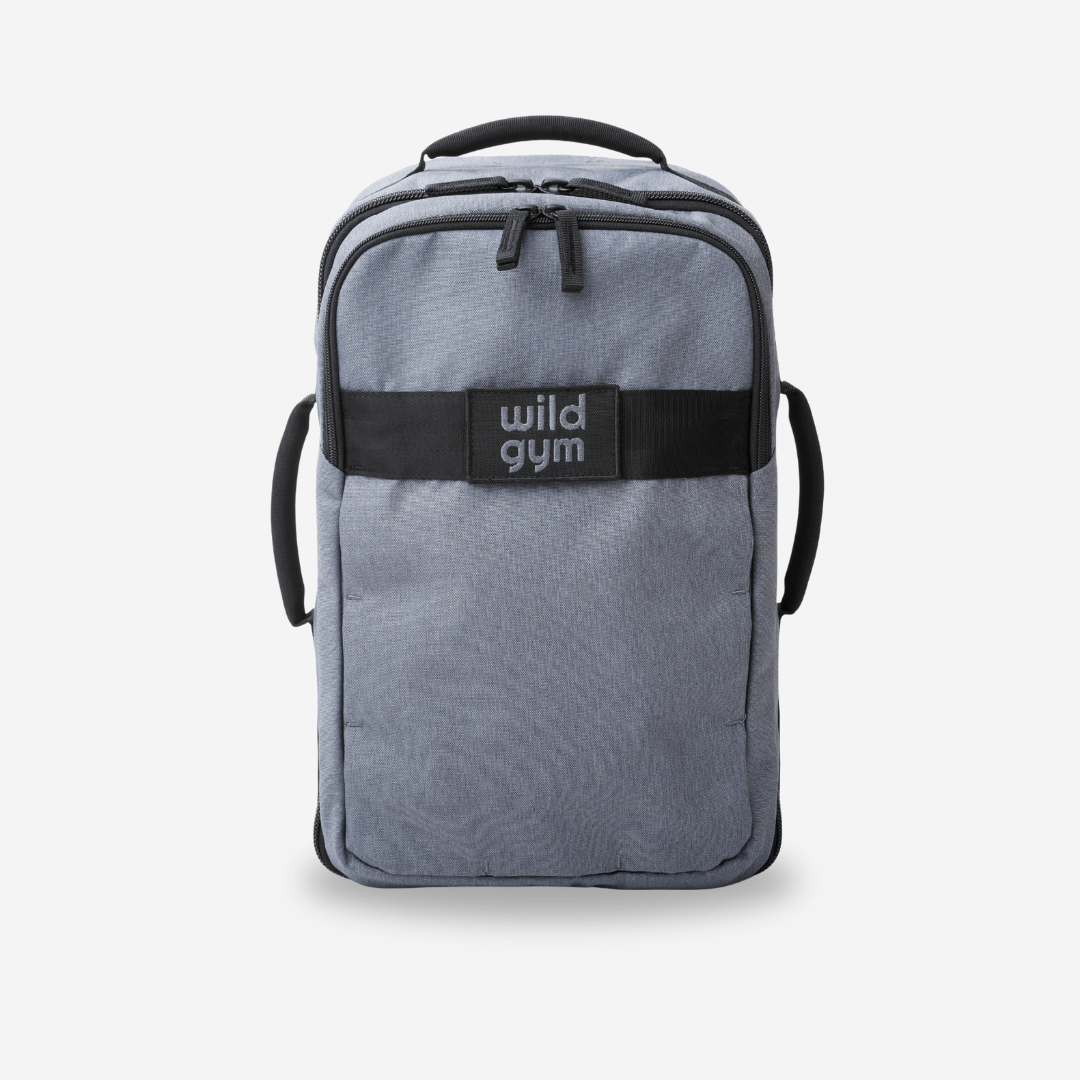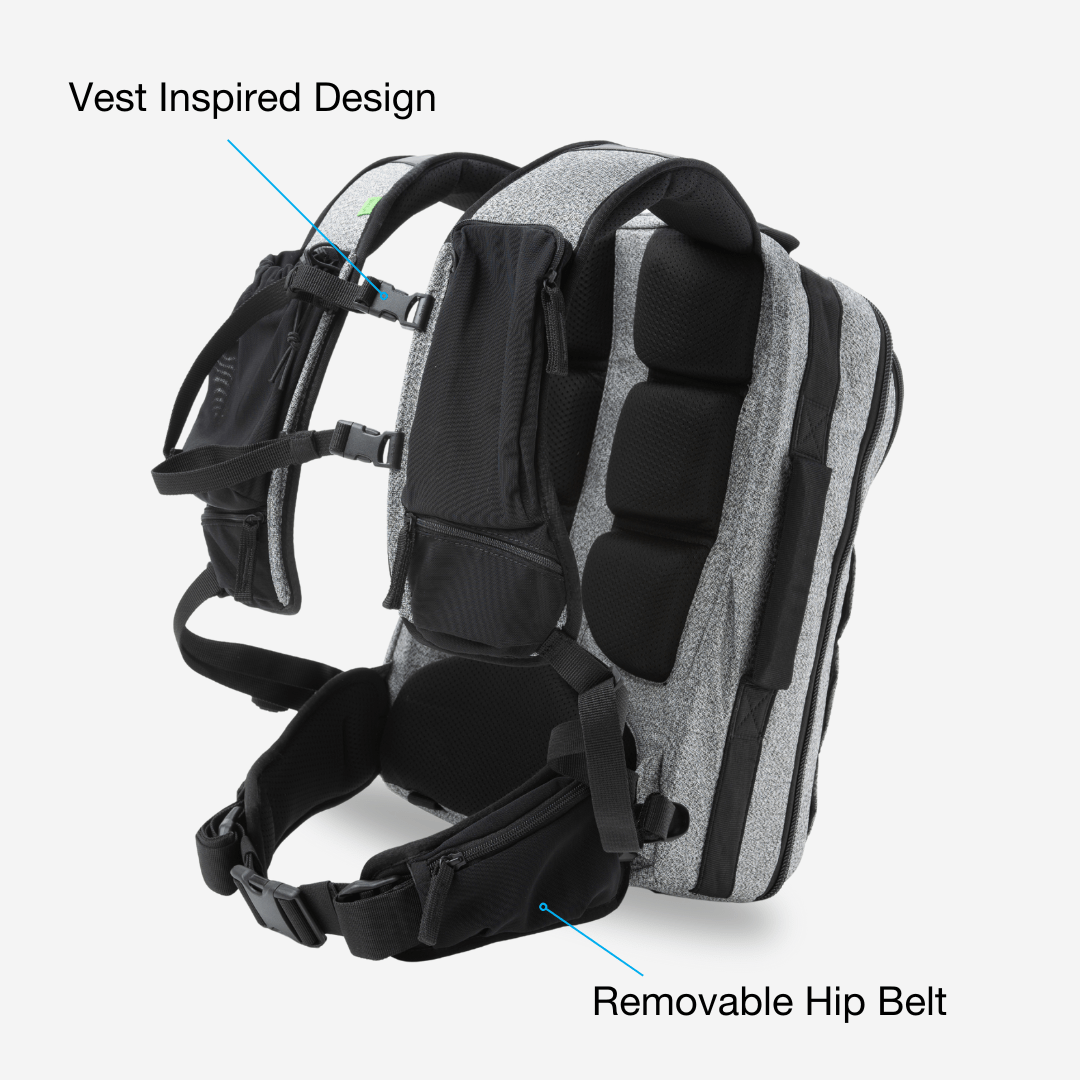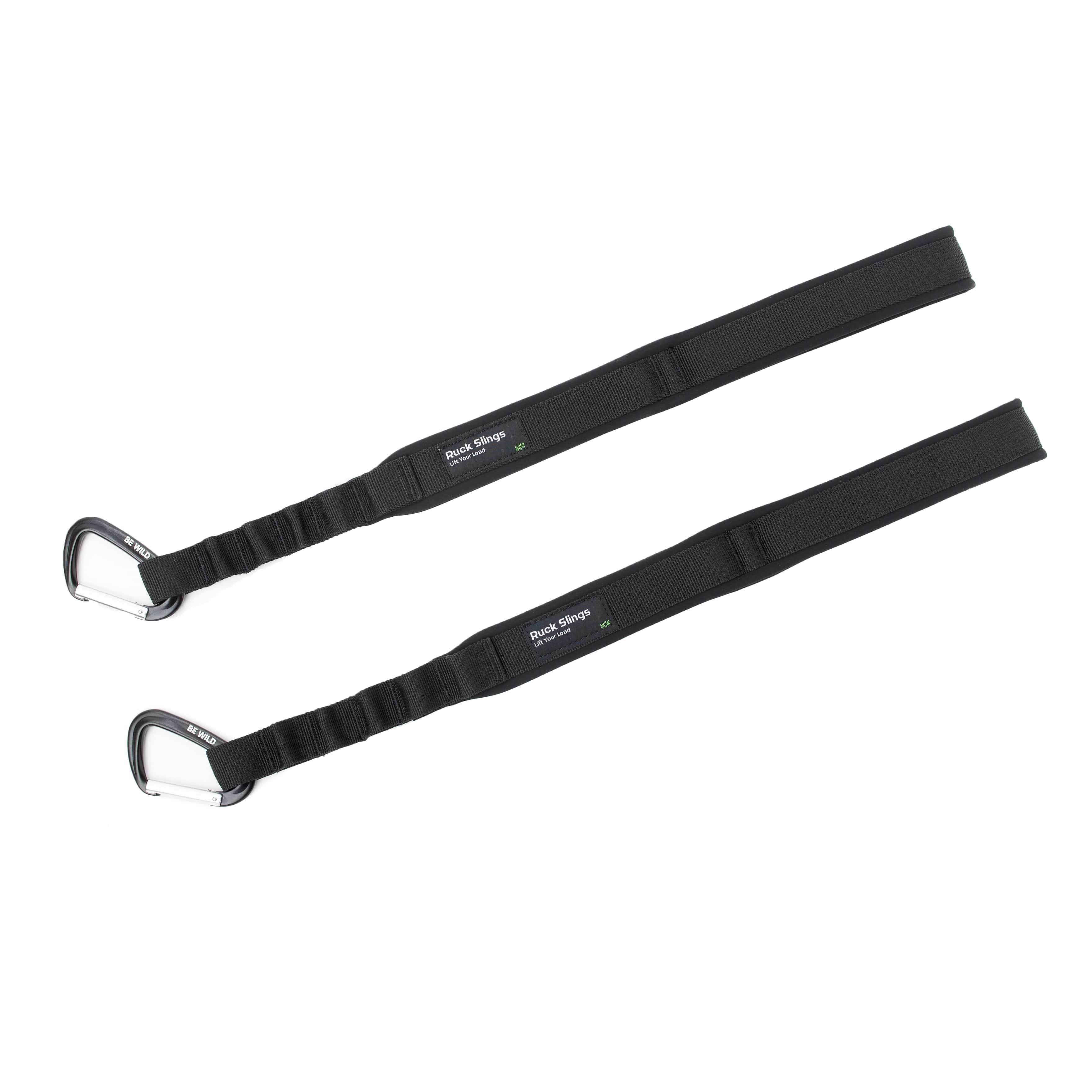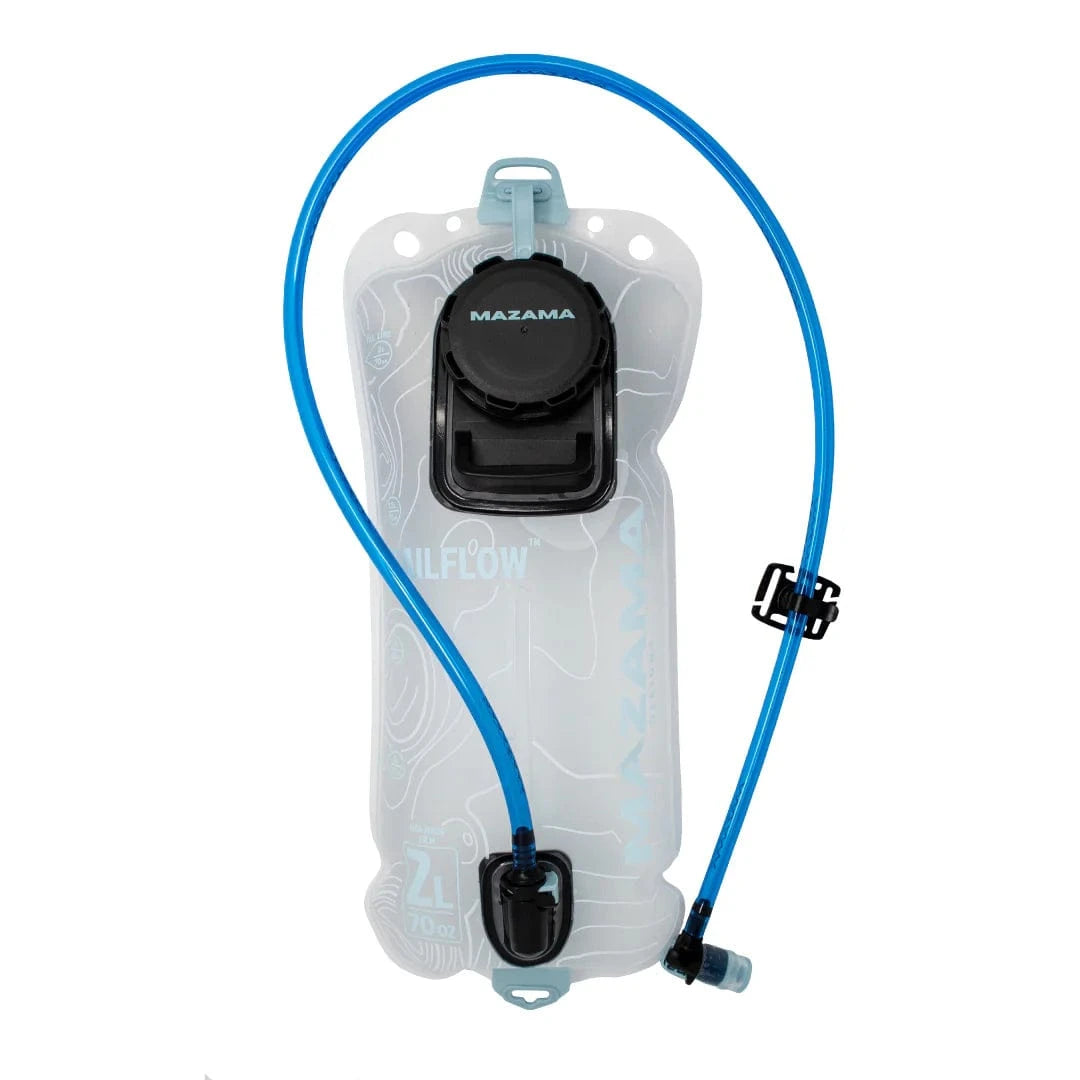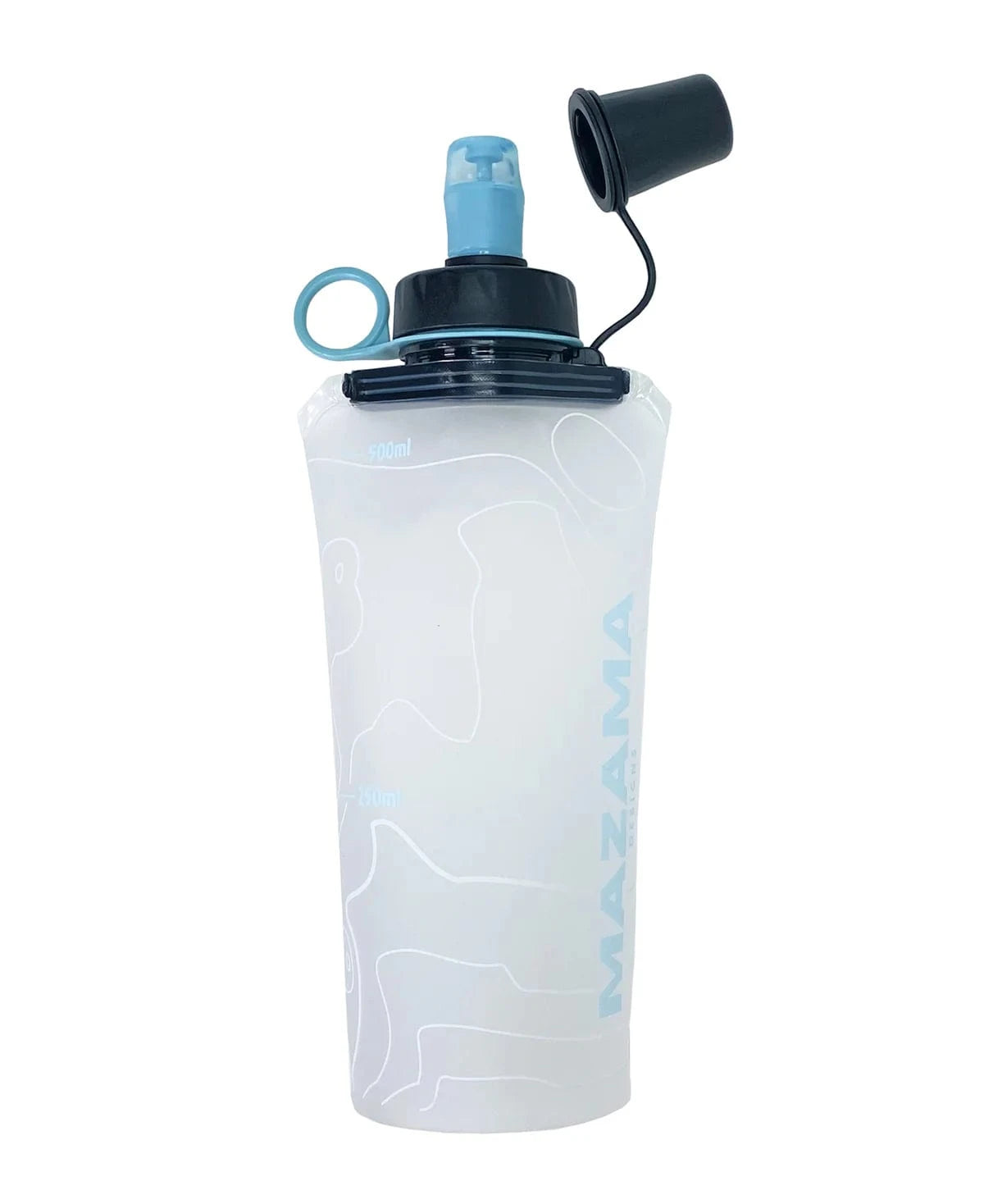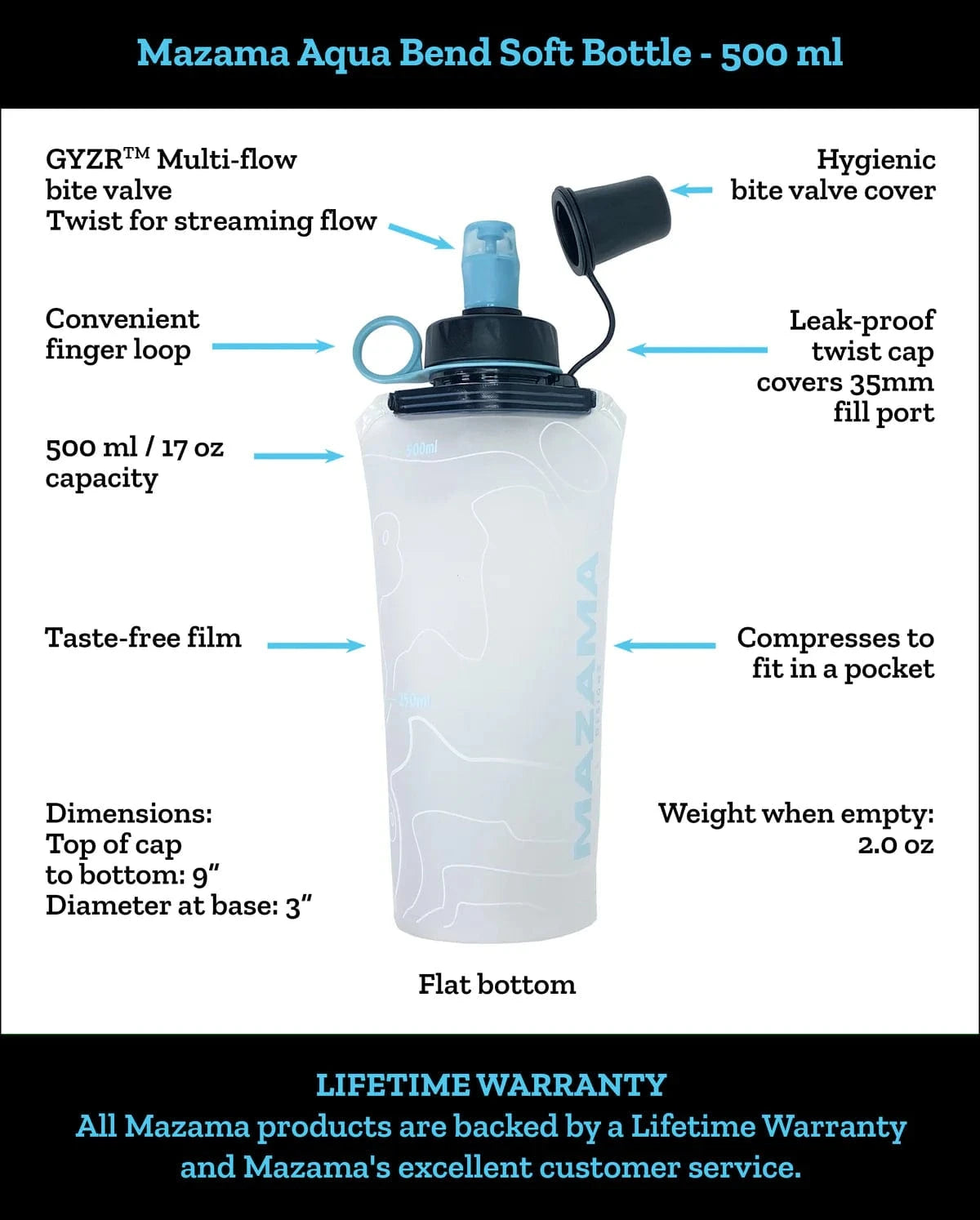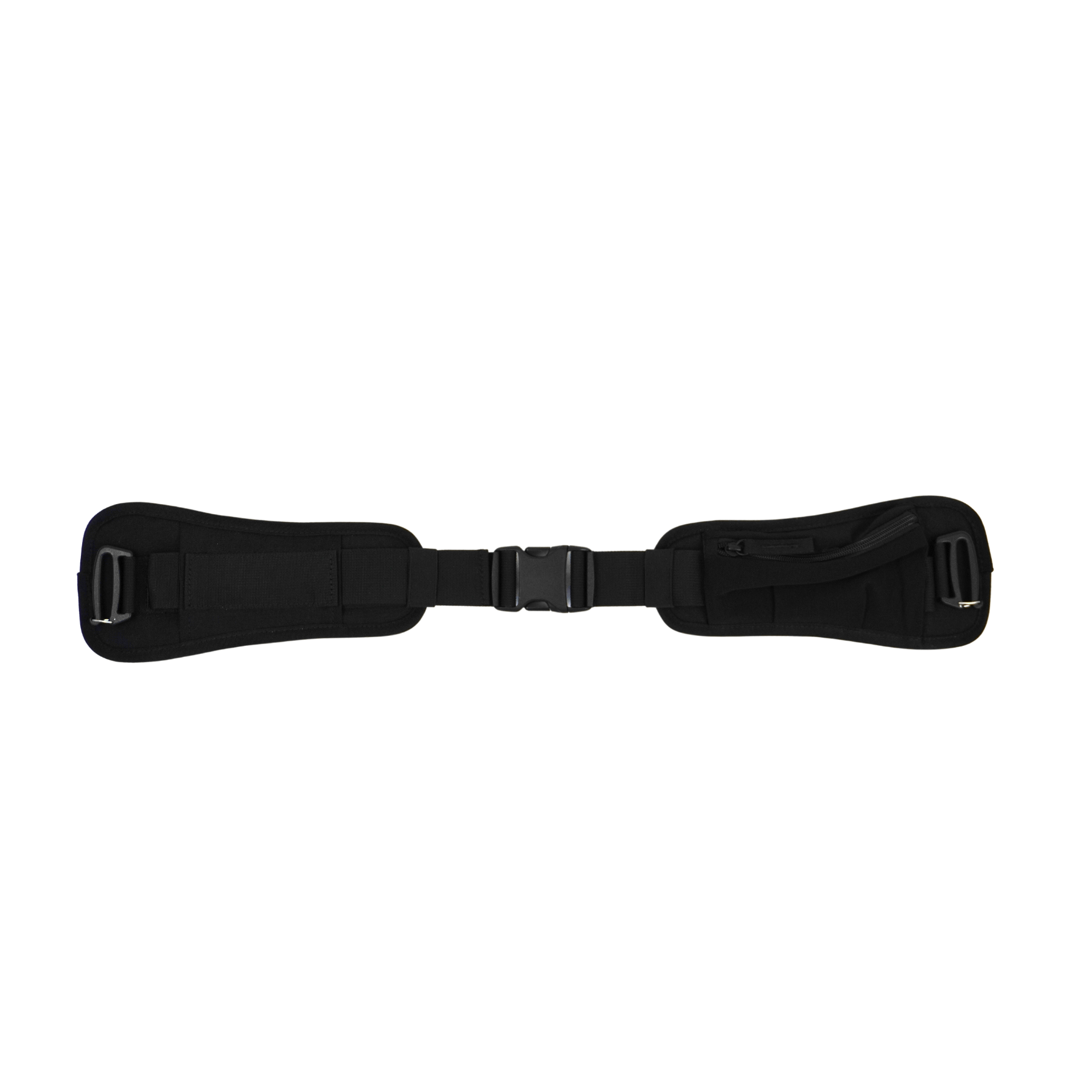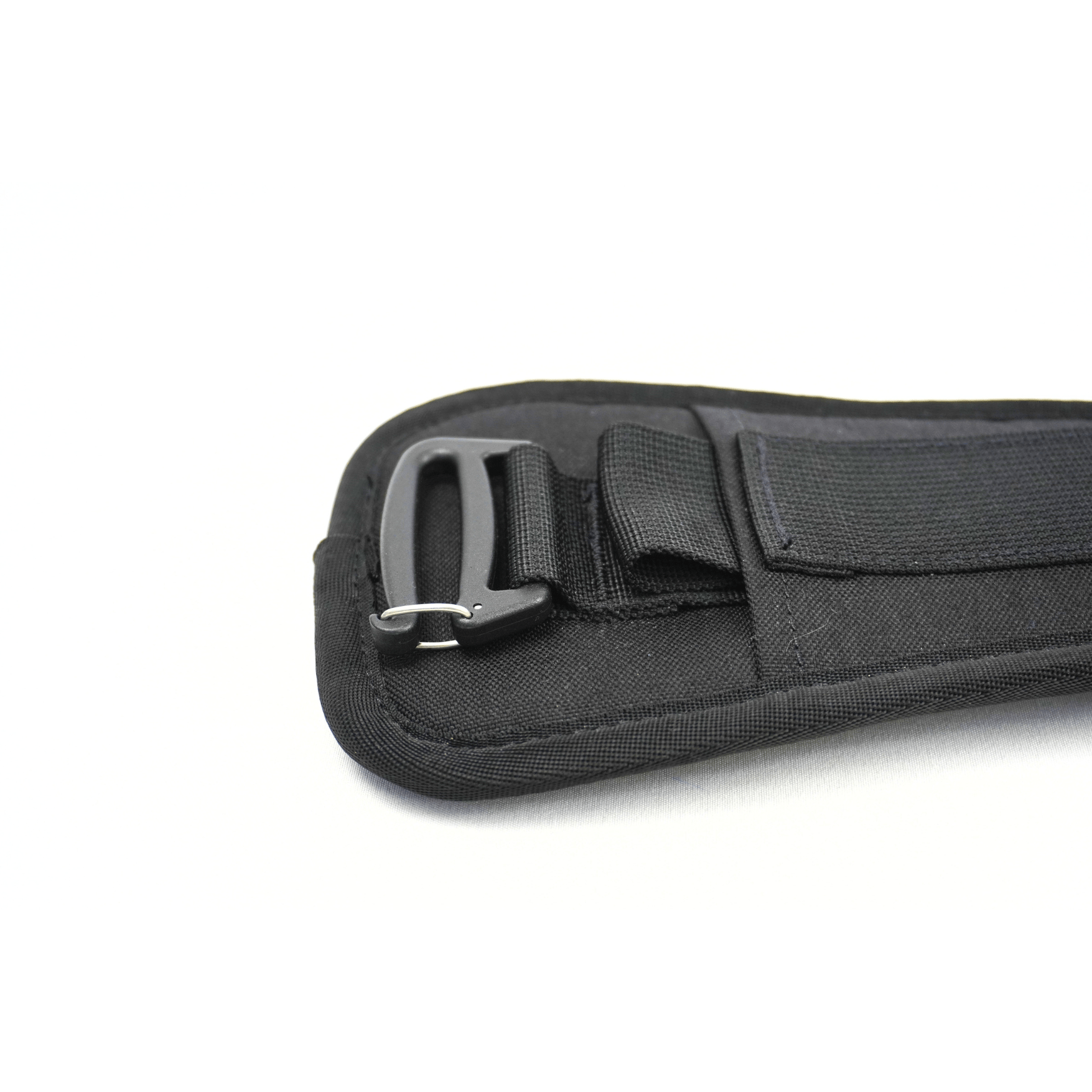I am 61, 6'2" tall, about 200#, and exceptionally fit for my age. I work out in the gym, do Pilates, and I have two Huskies which get at least 5 miles per day. They used to double that, but one is in rehab now, and we are limited on distance and speed. In order to keep the effort up, I dove into rucking. I was in the Marine Corps Infantry for 10 years, and I can recall going all day with a 60 lb. ALICE pack (which was a 20-year-old design back then), and it didn't feel good, but it didn't kill me... When I was in the Heavy Machine Gun platoon, adding a 75 lb. 50-cal receiver to the pack when it was my turn (the three choices were the receiver, the 37-lb tripod or the 25-lb barrel) was something I did (but never got used to), so carrying a heavy pack is not new to me, although that was 35 or so years ago.
The Feather is my 4th rucking pack. The first three (Amazon) all just about killed my shoulders after an hour at 40 lb. .I was able to deduce what they were doing wrong, and the third one (Gymnastics Power) was pretty nice except for the fatal flaw of keeping all the weight on my shoulders, and none on my waist.
Enter my search and finding the Feather. It took me a while to convince myself to spend that much, but I couldn't find anything else comparable, so I bit the bullet. I got it on a Friday afternoon and rapidly went from 30 lb. on my first ruck to 50 lb. on my 4th, between 2.5 and 3 miles each time. I am stable at 50 lb. now.
The concept is great. It is compact, close to my back, very adjustable, and keeps the weight on my hips, where it is supposed to be. Only two gripes so far.
The booster pack overhand knot stuff sounds like a work-around. The straps should be able to hold the max weight the booster is designed for without tying knots in them. Yeah, I tied the knots, but I'm not happy about it. Maybe a connector that has more friction either through thicker straps, or another "wave" (don't know the technical term) in the webbing connector, or something.
The pad in the middle of the back at the base of the straps is poorly shaped. I can't imagine that testers of all sizes put 60 lb. in the pack and went rucking and all gave a thumbs up. With 30 lb., I can feel the lower curves of the straps digging into my back, regardless of pack height adjustment. I have a picture in the photos with red lines to show where I mean. With 50 lb., they are distinctly uncomfortable, but not enough to stop me from using them.
I am about to compare the carrying comfort of the Feather to two high-end, fairly expensive backpacks. I understand that this is not "fair", but it was the best way to make the points I want to make.
My large backpacking pack is a Gregory Baltoro 65. If you look it up, and find a picture of the back, you will see a distinct difference between the contact patch for the upper back and the Feather - the Baltoro's straps are on the outside of the back pad, not the inside. If you can see the pictures, it is the orange pack. It would not be as easy to adjust, and probably more expensive to manufacture, but having straps that are on the outside of the back pad sure would feel a lot more comfortable, as long as 60 lb. of steel wasn't creating a hot spot regardless of putting them there. This pack retails for $270, $90 more than the Feather
My midweight pack is an Osprey Atmos AG 50, which is not a fair comparison with its floating design, but man is it comfortable! I am pretty sure I can feel the plates in the Feather pushing against my back at times, and a floating harness sure would keep them from doing that. This pack retails for $350, right about twice what the Feather goes for. It is the green pack in the photos
So, bottom line, after 30 miles, the Feather is the best-designed and most comfortable (and most expensive) rucking pack I've tried out of four, but I didn't expect workarounds, and avoidable discomfort in a pack explicitly designed for carrying 60 lb. of steel around for exercise.
